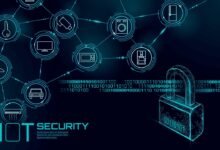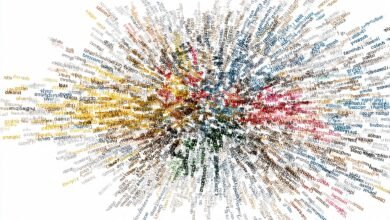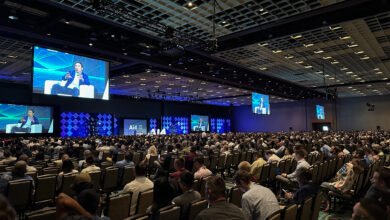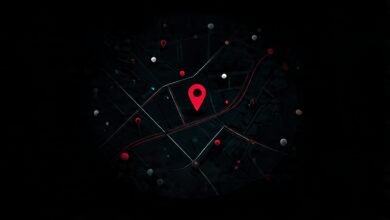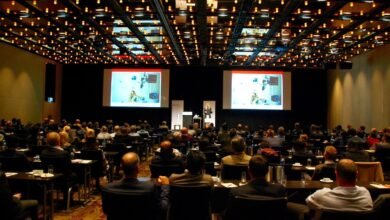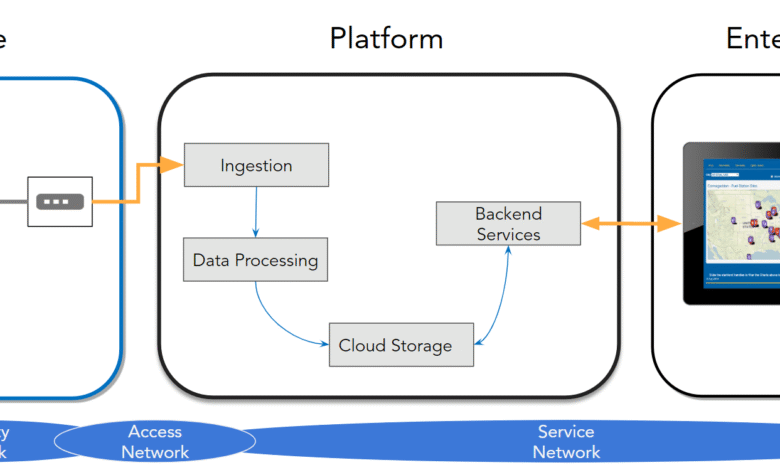
The Internet of Things (IoT) has transformed how businesses operate, enabling seamless connectivity between devices, systems, and applications across industries. As organizations increasingly adopt IoT solutions, selecting the right IoT Platform Comparison becomes a critical decision that can determine project success or failure. With hundreds of platforms available in the market, from industry giants like Microsoft Azure IoT and AWS IoT to specialized solutions like ThingSpeak and Tuya, making an informed choice requires careful evaluation of multiple factors.
An IoT platform serves as the foundational infrastructure that bridges hardware devices and software applications, managing everything from device connectivity and data collection to analytics and application development. The global economic impact of IoT is projected to reach unprecedented levels, with McKinsey predicting significant market growth that surpasses traditional sectors like mobile internet and cloud technology. This explosive growth has led to an increasingly crowded marketplace where businesses must navigate complex technical requirements, pricing models, and feature sets.
Choosing the wrong IoT platform can result in scalability issues, security vulnerabilities, vendor lock-in, and substantial financial losses. Conversely, selecting the right platform accelerates time-to-market, reduces development costs, and provides the flexibility needed to adapt to evolving business requirements. Whether you’re building smart home devices, implementing industrial IoT solutions, or developing connected healthcare applications, the nuances between different IoT development platforms are essential.
This comprehensive guide examines the critical factors for IoT platform comparison, including connectivity options, scalability requirements, security features, integration capabilities, and pricing structures. We’ll explore the key components that define modern IoT platforms, analyze different platform types, and provide actionable insights to help you identify the best solution for your specific use case. By the strengths and limitations of various platforms, you’ll be equipped to make a strategic decision that aligns with your technical requirements, budget constraints, and long-term business objectives.
IoT Platforms and Their Core Components
What is an IoT Platform
An IoT platform is a comprehensive software suite that facilitates the development, deployment, and management of Internet of Things applications. These platforms act as middleware between the physical hardware layer—comprising sensors, actuators, and connected devices—and the application layer where business logic resides. IoT platforms provide essential tools and services that handle device connectivity, data ingestion, storage, processing, visualization, and application enablement, eliminating the need for organizations to build these complex infrastructures from scratch.
The primary function of an IoT platform is to simplify the complexities associated with managing large-scale device networks. They abstract the technical challenges of protocol management, data routing, and security implementation, allowing developers and businesses to focus on creating value-added applications rather than wrestling with infrastructure concerns. Modern IoT cloud platforms offer ready-to-use features and functionality that make deployment more practical and cost-effective compared to in-house development.
Essential Components of IoT Platforms
Device connectivity and management form the foundation of any robust IoT platform. This component ensures reliable communication between devices and applications using various protocols such as MQTT, CoAP, HTTP, and WebSocket. Effective device management capabilities allow administrators to remotely monitor, configure, update, and troubleshoot connected devices throughout their lifecycle. The platform must support diverse device types and manufacturers, providing seamless interoperability regardless of protocol differences.
Data ingestion and processing capabilities determine how efficiently an IoT platform can handle incoming data streams from potentially millions of connected endpoints. These systems must process data in real-time or near-real-time, filtering relevant information and routing it to appropriate destinations. Advanced platforms incorporate edge computing capabilities, enabling data preprocessing at the device level before transmission to the cloud, which reduces bandwidth consumption and latency.
Analytics and visualization tools transform raw IoT data into actionable insights. IoT platforms typically include built-in analytics engines that support descriptive, diagnostic, predictive, and prescriptive analytics. Visualization dashboards present data through intuitive charts, graphs, and maps, enabling stakeholders to monitor operations, identify trends, and make data-driven decisions. Some platforms integrate machine learning and artificial intelligence capabilities for advanced pattern recognition and anomaly detection.
Application enablement and development features provide the tools necessary to build custom IoT applications. This includes APIs, SDKs, development environments, and pre-built application templates. Modern IoT development platforms support multiple programming languages and frameworks, offering flexibility for development teams. These platforms may also provide low-code or no-code interfaces, democratizing IoT application development for non-technical users.
Security and compliance infrastructure protects IoT ecosystems from cyber threats and ensures regulatory compliance. This encompasses device authentication, data encryption (both in transit and at rest), access control mechanisms, and threat detection systems. Given the distributed nature of IoT deployments and the sensitive data they often handle, robust security features are non-negotiable components of any enterprise-grade platform.
Types of IoT Platforms
Connectivity Management Platforms
Connectivity management platforms specialize in establishing and maintaining reliable communication between devices and networks. These platforms focus primarily on network provisioning, SIM management, and ensuring devices remain connected across different geographic locations and network providers. They’re particularly valuable for organizations deploying cellular-connected IoT devices globally, offering features like automated failover, network diagnostics, and usage monitoring.
Device Management Platforms
Device management platforms concentrate on the lifecycle management of connected devices, from initial provisioning through decommissioning. These platforms handle firmware updates, configuration management, remote diagnostics, and device monitoring. They’re essential for organizations managing large fleets of devices that require regular maintenance, updates, and troubleshooting capabilities. Features typically include over-the-air (OTA) updates, bulk device operations, and detailed device health analytics.
Application Enablement Platforms
Application enablement platforms (AEPs) provide comprehensive development environments for building IoT applications. These platforms offer extensive APIs, development tools, and integration capabilities that accelerate application development. AEPs focus on enabling developers to create custom solutions without managing underlying infrastructure complexities. They often include pre-built connectors for popular enterprise systems and support for various programming frameworks.
Industrial IoT Platforms
Industrial IoT platforms cater specifically to manufacturing, energy, utilities, and other industrial sectors. These platforms emphasize operational technology (OT) integration, supporting industrial protocols like OPC-UA, Modbus, and BACnet. They provide specialized features for predictive maintenance, asset tracking, supply chain optimization, and digital twin creation. Industrial platforms prioritize reliability, real-time processing, and compliance with industry-specific regulations.
Cloud IoT Platforms
Cloud IoT platforms leverage cloud infrastructure providers’ resources to deliver scalable, globally distributed IoT services. Major offerings include AWS IoT, Azure IoT, Google Cloud IoT, and Alibaba Cloud IoT. These platforms integrate seamlessly with their respective cloud ecosystems, providing access to advanced services like machine learning, big data analytics, and serverless computing. They offer virtually unlimited scalability and pay-as-you-go pricing models.
Key Factors for IoT Platform Selection
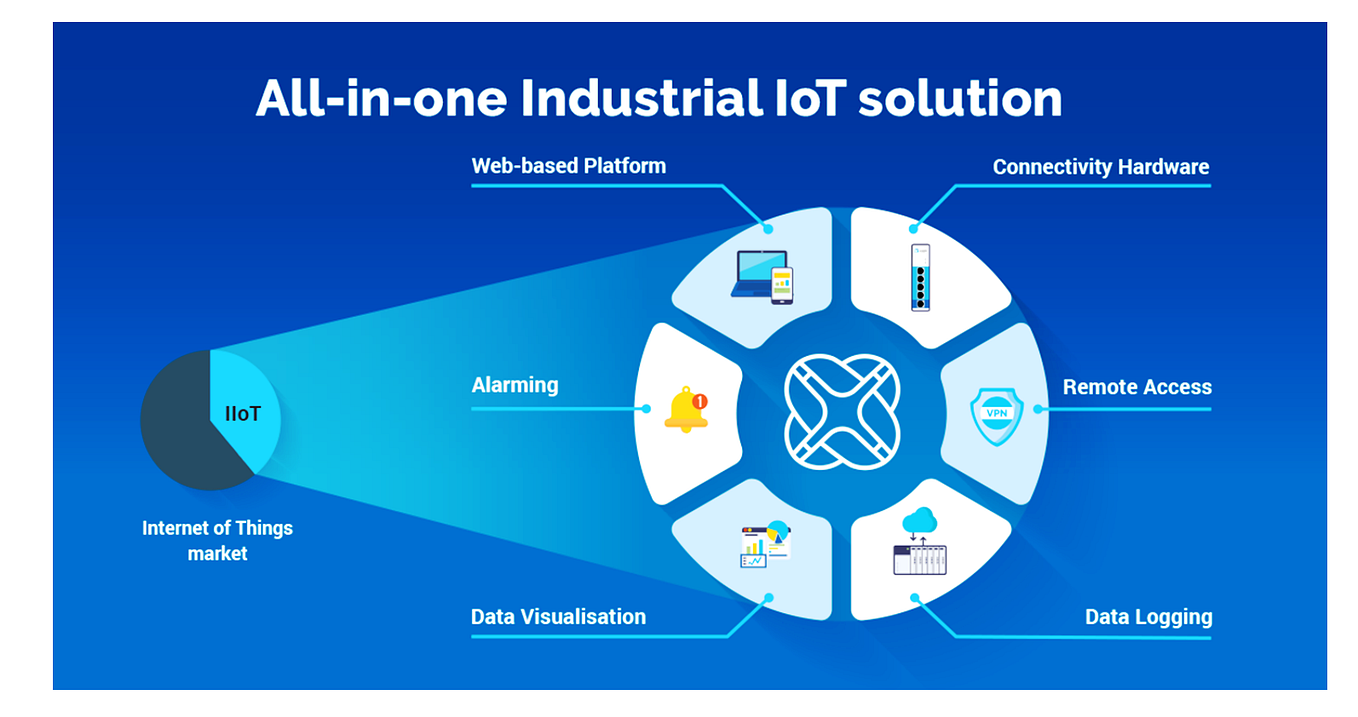
Scalability Requirements
Scalability represents one of the most critical factors in IoT platform comparison. Your chosen platform must accommodate current device populations while supporting future growth without performance degradation. Consider both vertical scaling (handling increased data from existing devices) and horizontal scaling (adding new devices). Evaluate whether the platform can manage your projected device count—whether that’s hundreds, thousands, or millions of endpoints—and the associated data volume.
Cloud-based platforms typically offer superior scalability compared to on-premises solutions, leveraging elastic cloud resources to handle demand spikes. However, scalability isn’t solely about quantity; it also encompasses geographic distribution, support for diverse device types, and the ability to scale analytics and application services proportionally. Platforms that struggle with scalability often exhibit increased latency, data loss, or system failures as deployments grow.
Security and Compliance
Security must be a top priority when evaluating IoT platforms, as connected devices present multiple attack vectors for malicious actors. Assess the platform’s security architecture, including device authentication mechanisms (certificates, tokens, biometrics), data encryption standards, and network security protocols. The platform should implement end-to-end encryption, secure boot processes, and regular security updates.
Compliance requirements vary by industry and geography. Healthcare IoT deployments must comply with HIPAA regulations, while European deployments must adhere to GDPR requirements. Industrial sectors face specific standards like IEC 62443 for industrial automation and control systems. Verify that your selected platform maintains relevant certifications and provides compliance documentation. Platforms offering audit trails, data residency controls, and granular access management simplify compliance efforts.
Integration Capabilities
Integration capabilities determine how easily an IoT platform connects with existing enterprise systems, third-party services, and legacy infrastructure. Evaluate the platform’s API ecosystem, pre-built connectors, and support for standard integration protocols. Seamless integration with ERP systems, CRM platforms, databases, and business intelligence tools is essential for deriving maximum value from IoT data.
Consider whether the platform supports both northbound integrations (sending data to enterprise applications) and southbound integrations (connecting to diverse device types and protocols). Platforms offering REST APIs, webhook support, and message queue integration provide maximum flexibility. The availability of marketplace ecosystems with third-party integrations can significantly accelerate deployment timelines.
Connectivity Options
Connectivity flexibility is crucial since IoT deployments utilize various communication technologies depending on use case requirements. Your platform should support multiple connectivity options, including cellular (2G/3G/4G/5G), Wi-Fi, Ethernet, LoRaWAN, Sigfox, NB-IoT, and short-range protocols like Bluetooth and Zigbee. Different scenarios demand different connectivity solutions based on range, power consumption, bandwidth, and cost considerations.
Edge computing capabilities enhance connectivity options by enabling local data processing and decision-making, reducing dependence on constant cloud connectivity. This proves particularly valuable for applications requiring low latency or operating in environments with unreliable internet access. Evaluate whether the platform supports edge-to-cloud architectures and provides tools for managing distributed computing resources.
Cost Structure and Pricing Models
Cost considerations extend far beyond initial platform fees. Conduct a total cost of ownership (TCO) analysis encompassing licensing, connectivity charges, data storage, computing resources, support fees, and scaling costs. IoT platform pricing models vary significantly—some charge per device, others based on data volume, and many employ hybrid approaches combining multiple pricing dimensions.
AWS IoT, Azure IoT, and Google Cloud IoT utilize pay-as-you-go models with costs varying based on messages processed, data stored, and services consumed. While this offers flexibility for small-scale deployments, costs can escalate unexpectedly with scale. Hidden costs often emerge from data egress fees, API calls, analytics processing, and premium support services. Request detailed pricing scenarios matching your expected usage patterns to avoid budget surprises.
Vendor Lock-in and Flexibility
Vendor lock-in poses significant risks, potentially limiting your ability to migrate platforms or negotiate favorable terms. Evaluate how easily you can extract your data, applications, and configurations should you decide to change platforms. Proprietary protocols, custom APIs, and platform-specific development frameworks increase switching costs and dependency.
Platforms supporting open standards, providing data portability, and offering containerized application deployment minimize lock-in risks. Consider whether the platform allows hybrid deployments, combining on-premises and cloud components, or supports multi-cloud strategies. The availability of platform-agnostic development tools and frameworks provides insurance against future platform changes.
Leading IoT Platforms in 2025
Microsoft Azure IoT
Microsoft Azure IoT represents one of the most comprehensive IoT platforms available, offering an extensive suite of services for building enterprise-grade IoT solutions. The platform integrates deeply with Microsoft’s cloud ecosystem, providing seamless connections to Azure’s analytics, AI, and machine learning services. Azure IoT Hub serves as the central message broker, enabling secure bi-directional communication between millions of devices and cloud applications.
Key strengths include robust security features with Azure Security Center integration, extensive device management through Azure IoT Hub Device Provisioning Service, and powerful analytics through Azure Stream Analytics and Time Series Insights. The platform supports diverse protocols and offers SDKs for multiple programming languages. Azure IoT Edge extends cloud intelligence to edge devices, enabling hybrid architectures. Pricing follows Azure’s pay-as-you-go model with costs based on message volume and feature usage.
Amazon Web Services (AWS) IoT
AWS IoT provides a mature, battle-tested IoT platform leveraging Amazon’s vast cloud infrastructure. AWS IoT Core manages device connectivity and messaging, supporting MQTT, HTTPS, and WebSockets protocols. The platform excels in scalability, reliably handling millions of concurrent connections and billions of messages. Integration with AWS services like Lambda, S3, DynamoDB, and SageMaker enables sophisticated IoT applications.
AWS IoT Greengrass brings AWS capabilities to edge devices, supporting local computation, data caching, and machine learning inference. The platform offers comprehensive device management, fleet provisioning, and OTA update capabilities. AWS IoT Device Defender provides security auditing and threat detection. While AWS IoT offers powerful capabilities, its complexity can present a learning curve for newcomers. Pricing is based on connectivity, messaging, and rule engine usage.
Google Cloud IoT
Google Cloud IoT (now part of Cloud IoT Core’s evolution) leverages Google’s strengths in data analytics and machine learning. The platform integrates seamlessly with Google Cloud’s BigQuery for analytics, Cloud ML Engine for machine learning, and Data Studio for visualization. Google’s global network infrastructure ensures low-latency device connectivity worldwide.
Cloud IoT Core manages device connectivity using standard protocols while Cloud IoT Edge extends processing capabilities to edge devices. The platform emphasizes data analytics, making it particularly suitable for applications requiring sophisticated data processing and AI/ML capabilities. Google Cloud IoT pricing follows a per-message model with additional charges for data storage and processing services.
ThingSpeak
ThingSpeak offers an accessible, MATLAB-based IoT platform ideal for prototyping, academic projects, and small-scale deployments. The platform provides straightforward data collection, visualization, and analysis capabilities without requiring extensive programming knowledge. ThingSpeak excels in rapid prototyping scenarios where quick proof-of-concept development is necessary.
The platform offers both free and paid tiers, making it attractive for hobbyists and educational institutions. Built-in MATLAB analytics enable sophisticated signal processing and mathematical computations directly on collected data. While ThingSpeak lacks the enterprise features of larger platforms, its simplicity and MATLAB integration make it valuable for specific use cases.
Tuya IoT Platform
Tuya IoT Development Platform specializes in smart home device creation and consumer IoT applications. The platform provides end-to-end solutions encompassing hardware development, cloud connectivity, and mobile application creation. Tuya’s extensive ecosystem includes partnerships with thousands of manufacturers, offering pre-certified hardware modules and components.
The platform supports rapid development through SDKs, APIs, and white-label mobile applications that can be customized for specific brands. Tuya excels in consumer IoT scenarios, particularly smart home automation, offering features like voice assistant integration, scene automation, and family sharing. While less suitable for industrial applications, Tuya provides excellent tools for consumer product manufacturers seeking quick market entry.
Best Practices for IoT Platform Selection
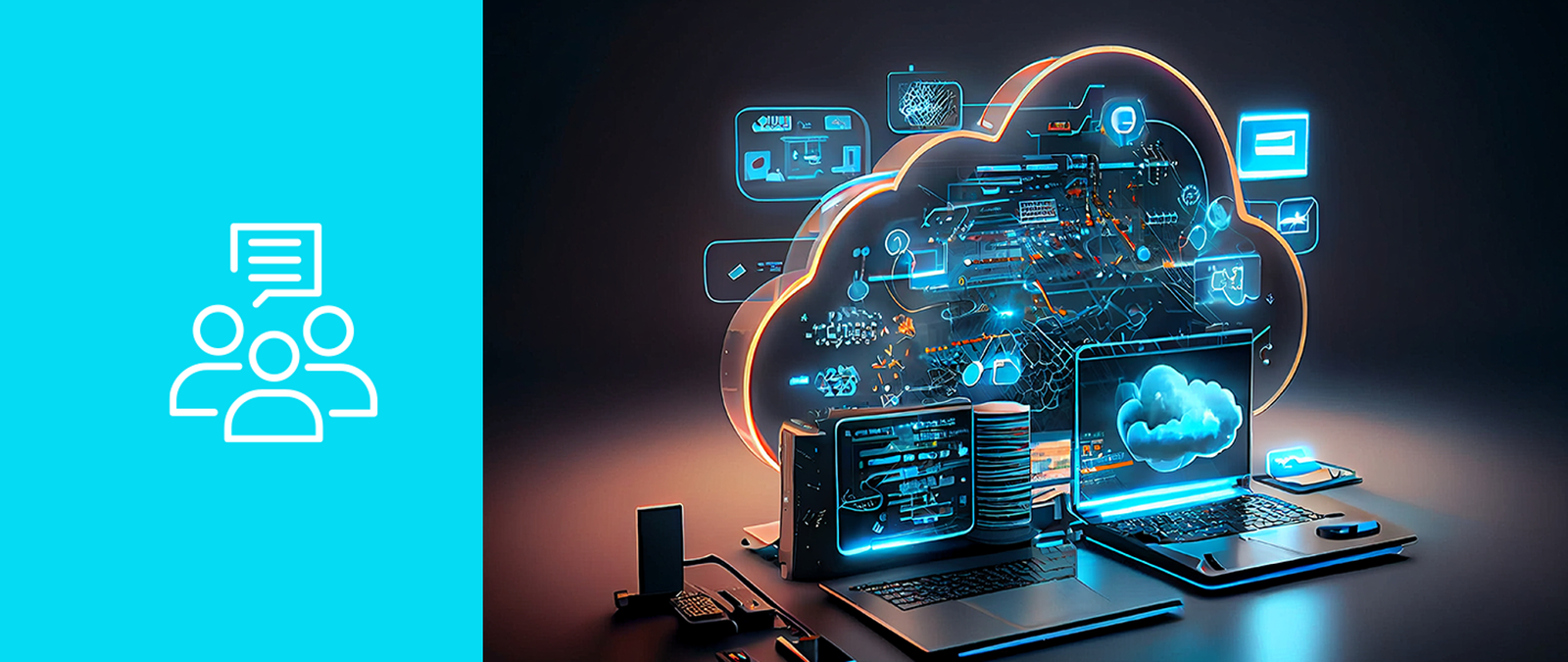
Conduct a Thorough Needs Assessment
Begin your IoT platform selection process with comprehensive requirements gathering. Document your specific use case, technical requirements, business objectives, and constraints. Identify whether you need primarily connectivity management, device management, application development capabilities, or comprehensive end-to-end solutions. Your current needs and future growth trajectory prevent premature scaling limitations.
Engage stakeholders across technical, business, and operational teams to capture diverse perspectives. Technical teams focus on integration requirements and development tools, while business stakeholders prioritize cost, vendor stability, and time-to-market. Operational teams emphasize reliability, maintenance requirements, and support quality. A holistic requirements assessment ensures the selected platform satisfies all organizational needs.
Evaluate Platform Flexibility
Platform flexibility determines your ability to adapt to changing requirements, technologies, and business conditions. Assess whether platforms support multiple deployment models (cloud, on-premises, hybrid), multiple connectivity protocols, and diverse device types. Platforms offering open APIs, standard protocols, and extensive integration options provide maximum adaptability.
Consider the platform’s development environment flexibility. Does it support your team’s preferred programming languages and frameworks? Can it integrate with existing development toolchains? Platforms supporting containerization and microservices architectures offer superior flexibility compared to monolithic solutions. Evaluate whether the platform allows gradual migration strategies if you’re transitioning from existing systems.
Prioritize Reliability and Performance
Reliability directly impacts business operations, particularly for mission-critical IoT applications. Investigate platform uptime statistics, redundancy mechanisms, and disaster recovery capabilities. Enterprise-grade platforms should offer Service Level Agreements (SLAs) guaranteeing minimum uptime percentages and defining compensation for service interruptions.
Performance metrics include message latency, throughput capacity, and API response times. Request performance benchmarks matching your expected load characteristics. Consider the geographic distribution of platform infrastructure—data center locations impact latency for globally distributed device networks. Platforms offering edge computing capabilities often deliver superior performance for latency-sensitive applications.
Test Before Committing
Most reputable IoT platforms offer trial periods, free tiers, or proof-of-concept programs. Leverage these opportunities to validate platform capabilities against your specific requirements. Build representative prototypes testing critical functionality like device connectivity, data processing, integration points, and application development workflows.
During evaluation periods, assess platform documentation quality, ease of use, and learning curve. Test the platform under realistic load conditions to identify potential performance bottlenecks. Engage with vendor support teams to evaluate responsiveness and technical expertise. Hands-on experience provides insights impossible to gain through marketing materials and specifications alone.
Consider Long-term Partnership Potential
Your IoT platform provider becomes a long-term technology partner, influencing your product roadmap and business strategy. Evaluate vendor stability, market position, and strategic direction. Consider their commitment to the IoT space—is it a core business focus or a peripheral offering? Review their product roadmap to ensure alignment with your future needs.
Assess the vendor’s partner ecosystem, user community, and third-party integrations. Active communities indicate healthy platform adoption and provide valuable peer support. Examine the vendor’s track record with major releases, backwards compatibility maintenance, and support for legacy customers. A stable, committed vendor relationship provides confidence for long-term IoT investments.
Common Pitfalls to Avoid
Overlooking Hidden Costs
One of the most common mistakes in IoT platform comparison is focusing solely on advertised base pricing while ignoring hidden costs. Data egress fees, API call charges, premium support requirements, and scaling costs can dramatically increase TCO. Cloud IoT platforms particularly prone to unexpected charges include those with complex, multi-dimensional pricing models.
Carefully model costs across different growth scenarios. Request detailed pricing breakdowns, including all service tiers, add-on features, and overage charges. Consider development costs, training requirements, and integration expenses. A seemingly inexpensive platform with limited features may require substantial custom development, ultimately costing more than a comprehensive but pricier alternative.
Ignoring Security from the Start
Treating security as an afterthought rather than a foundational requirement creates vulnerabilities that are difficult and expensive to remediate later. Many IoT security breaches result from insecure device authentication, unencrypted communications, or inadequate access controls. Ensure your selected IoT platform implements security best practices by default rather than requiring extensive configuration.
Verify that security updates are regularly delivered and easily deployable across device fleets. Consider the platform’s security track record—research any past security incidents and the vendor’s response. Platforms lacking proper security foundations expose your organization to data breaches, regulatory penalties, and reputational damage that far exceed platform costs.
Underestimating Scalability Needs
IoT deployments often grow faster than initially anticipated. Selecting a platform adequate for current needs but unable to scale efficiently forces disruptive migrations later. Conservative projections frequently underestimate device counts, data volumes, and geographical expansion. Build substantial headroom into scalability requirements, recognizing that migration costs typically exceed the premium for initially selecting a more scalable solution.
Test platform performance under expected peak loads, not just average conditions. Seasonal businesses, event-driven applications, and viral consumer products may experience dramatic load fluctuations. Platforms that gracefully handle load spikes without manual intervention or excessive cost increases provide operational peace of mind.
More Read: Cloud AI Services Comparison AWS vs Azure vs Google Cloud
Conclusion
Selecting the right IoT platform requires careful analysis of technical requirements, business objectives, and long-term strategic alignment. The ideal solution balances comprehensive functionality with ease of use, robust security with flexible integration, and current capabilities with future scalability. While major cloud IoT platforms like Azure IoT, AWS IoT, and Google Cloud IoT offer extensive features and global scale, specialized platforms like Tuya and ThingSpeak excel in specific domains such as consumer devices and rapid prototyping. Successful IoT platform selection demands thorough evaluation of connectivity options, security frameworks, integration capabilities, and total cost of ownership.
By conducting hands-on testing, engaging stakeholders across your organization, and prioritizing critical factors like scalability and vendor stability, you can identify a platform that accelerates time-to-market while supporting sustainable growth. The investment in comprehensive platform evaluation pays dividends through reduced development costs, minimized technical debt, and a solid foundation for innovation in the rapidly evolving IoT ecosystem. Remember that your chosen platform becomes a strategic technology partner, so prioritize solutions from committed vendors with proven track records, active ecosystems, and clear product roadmaps that align with your organization’s vision for IoT-enabled digital transformation.

